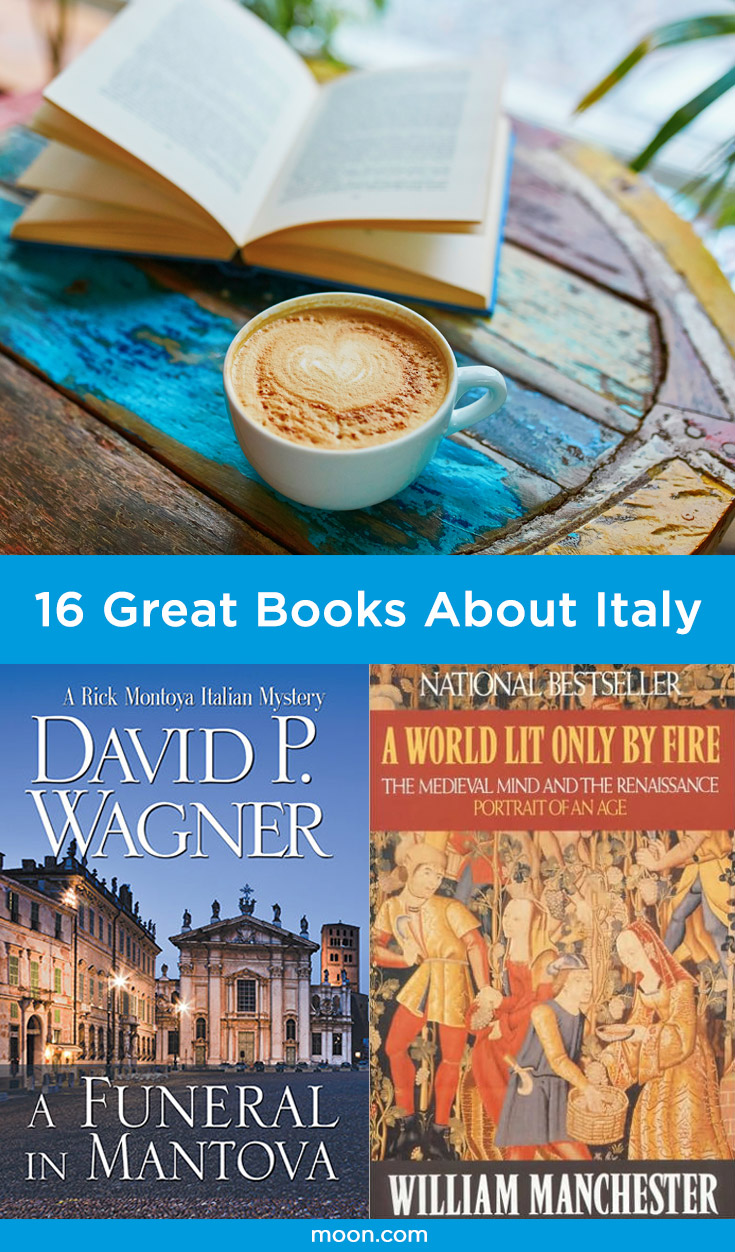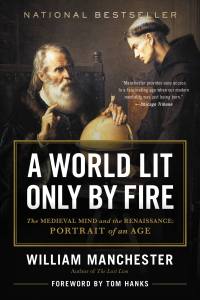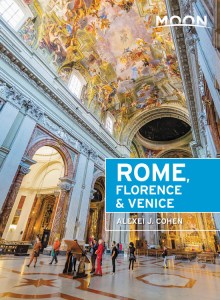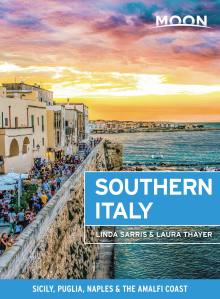Books About Italy to Read Before Your Trip
Italy is a country steeped in history: the more you know about it, the more you will get out of your trip. By doing some reading before you visit, you can make a wonderful trip to Italy even better. If you normally don’t read history books, this is your chance to give a few a try.
Aside from Moon Rome, Florence & Venice, there is only one other book I would suggest you carry with you on your trip: Signs and Symbols in Christian Art by George Ferguson. You don’t want to find yourself in a church or museum in Italy without this paperback. How else will you know why the artist put that fly, or veil, or palm frond in the painting? Ferguson explains everything.
Since the cultural and architectural ambiance of Italy is often dominated by the middle ages and the Renaissance, I would recommend William Manchester’s A World Lit Only by Fire to give you a sense of what it was like back then. Manchester’s bestseller is one of the most concise and readable books on the period. Another good one is Power and Imagination by Lauro Martines, which covers city-states in Renaissance Italy. R.W.B. Lewis’s The City of Florence obviously focuses on Florence, but since so much of the history of central Italy was dominated by that city during the Renaissance, this book is an excellent base for an understanding of Tuscany in general. A similar book on Venice is Garry Wills’ Venice Lion City. Wills cleverly uses Venetian works of art and architecture to illustrate his thesis about the relationship between religion, commerce, and autocracy in the Most Serene Republic. To round out the big three is Christopher Hibbert’s Rome: Biography of a City. A nice touch for travelers are his end notes about the buildings and monuments that are still there for us to see.
If you want a lot of history in just one book you might try A Traveller’s History of Italy by Valerio Lintner. He crams quite a bit into a couple hundred pages and is great at summarizing trends and giving insight into modern Italian culture. Another good paperback is The Italian Renaissance by J.H. Plumb, which gives an overview of the period, as well as chapter-long biographies of Italy’s more interesting characters, such as Machiavelli and Lorenzo de Medici. The best short history of the Renaissance is by Paul Johnson, appropriately entitled The Renaissance, A Short History. If you want to focus on the most famous Florentine family, check out The Rise and Fall of the House of Medici by Christopher Hibbert. It starts with the frugal and puritanical early patriarchs who made the money and amassed the power, and goes through the more decadent generations that eventually squandered both.
An easy to read bestseller that gives you insight into both architecture and construction is Brunelleschi’s Dome by Ross King, describing the building of the famous last piece of Florence’s cathedral. Another excellent read is King’s Michelangelo & the Pope’s Ceiling, an account of painting the Sistine Chapel vault. There are many biographies of the most famous of Renaissance men, including a recent one by Walter Isaacson, but one I would recommend is Leonardo da Vinci: Flights of the Mind by Charles Nicholl. Nicholl seems to have read every Leonardo codex, viewed every one of his paintings, and visited everywhere that the genius lived, in preparation for this well-written and detailed book.
Finally, this piece of fiction will illustrate what life was like in Italy’s late middle ages: Boccaccio’s 14th century classic, The Decameron, which is composed of ten funny (and sometimes naughty) tales told by a group of Florentines fleeing the plague.
David P. Wagner is the author of the Rick Montoya Italian Mysteries. The latest in the series is A Funeral in Mantova. Pick up his books, along with Moon Rome, Florence & Venice, online or at your local bookseller.
Related Travel Guide
Pin it for Later



